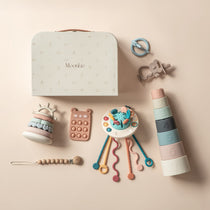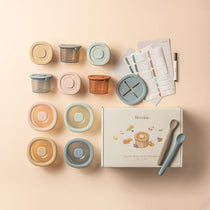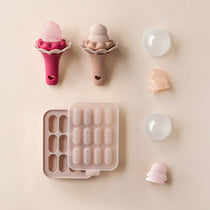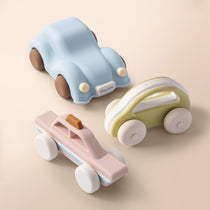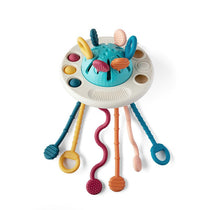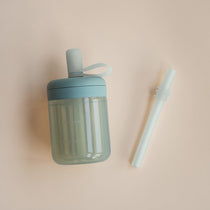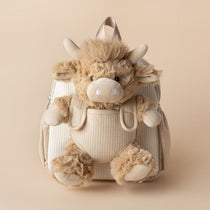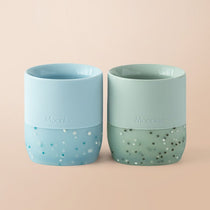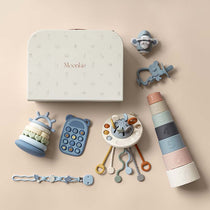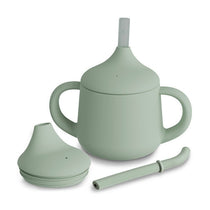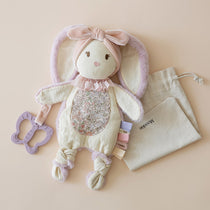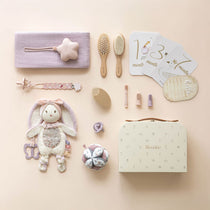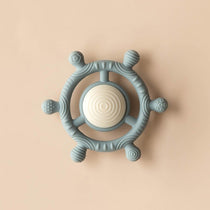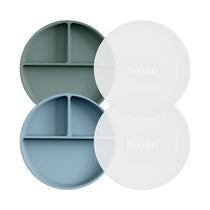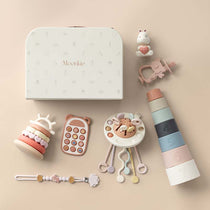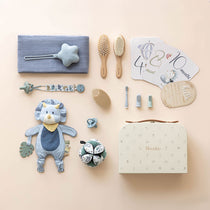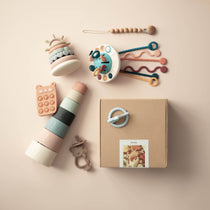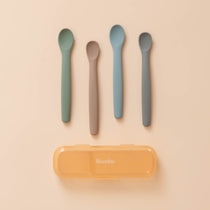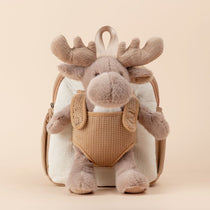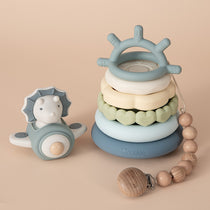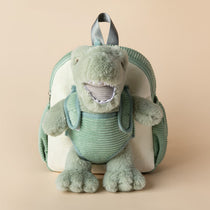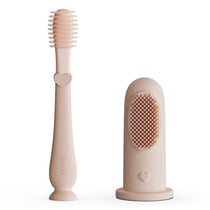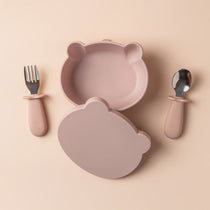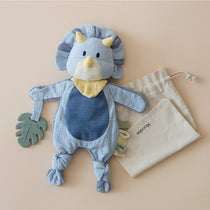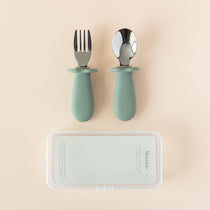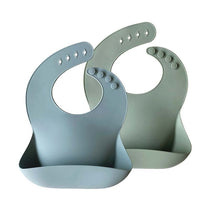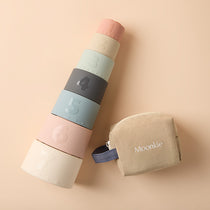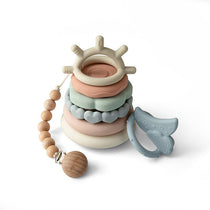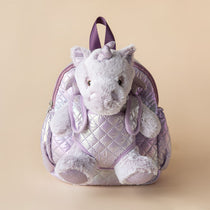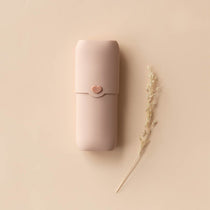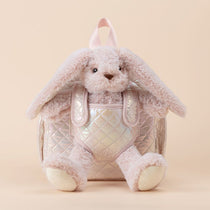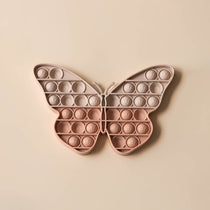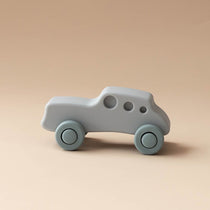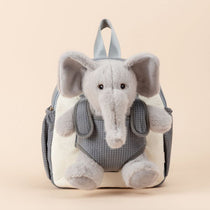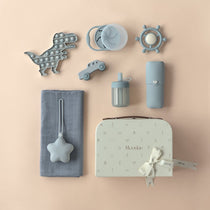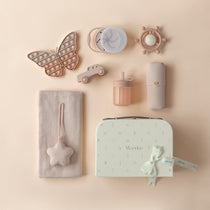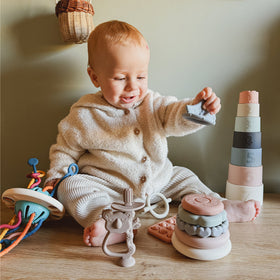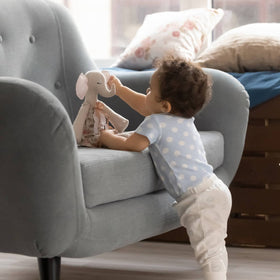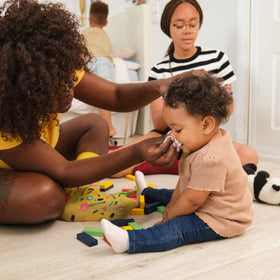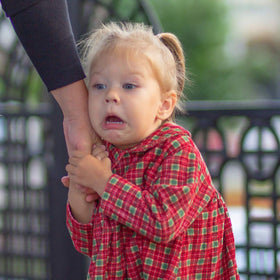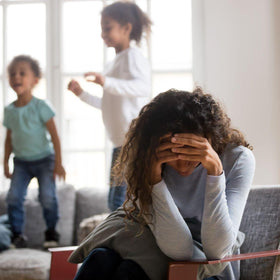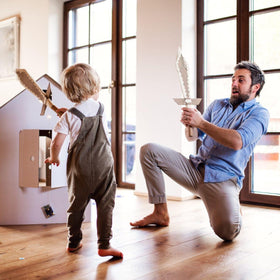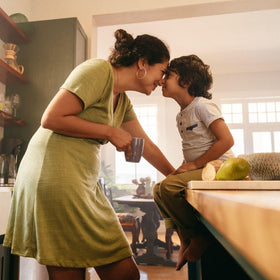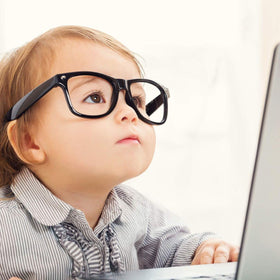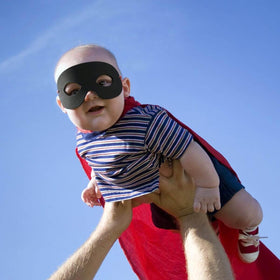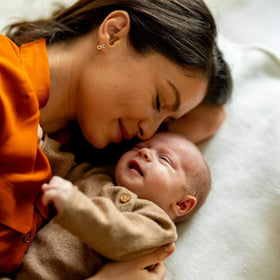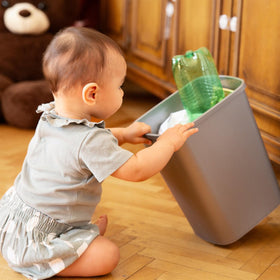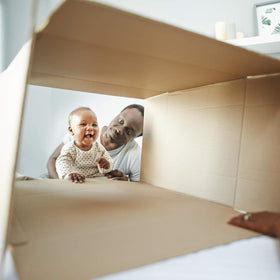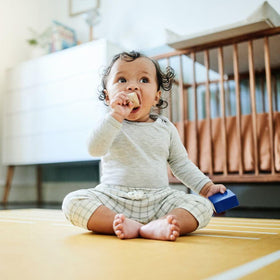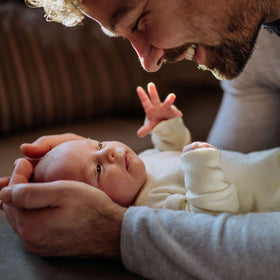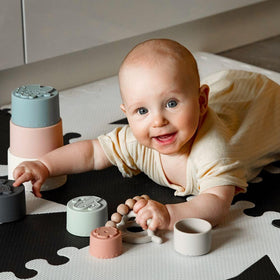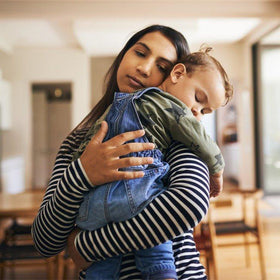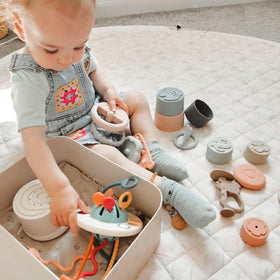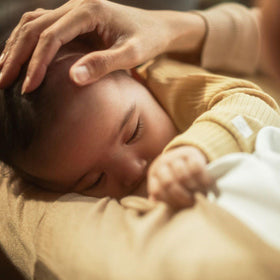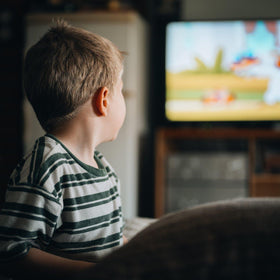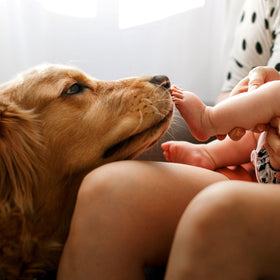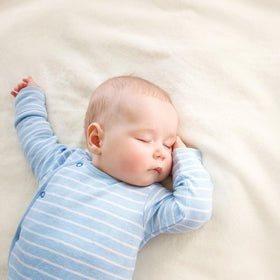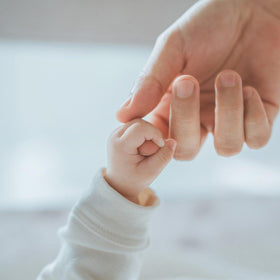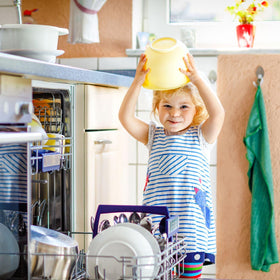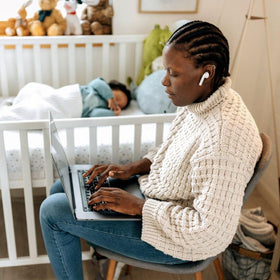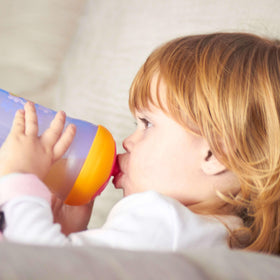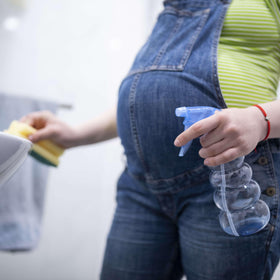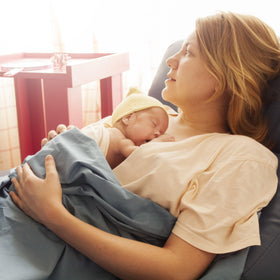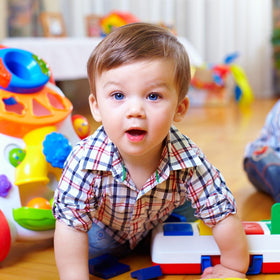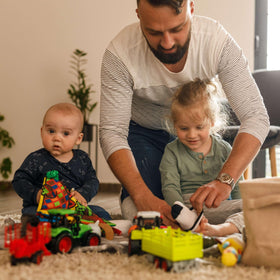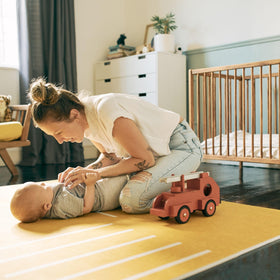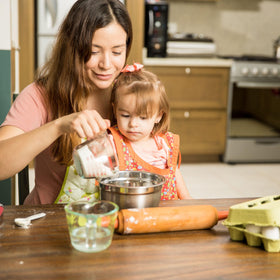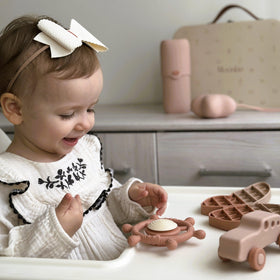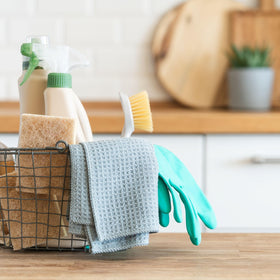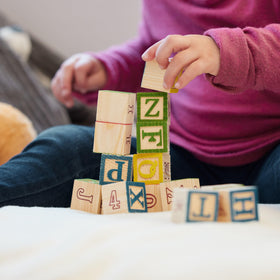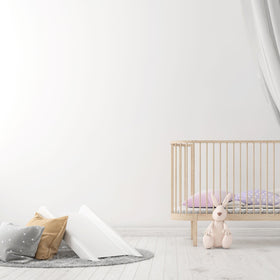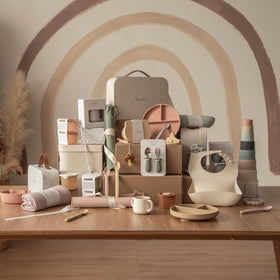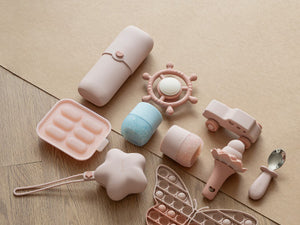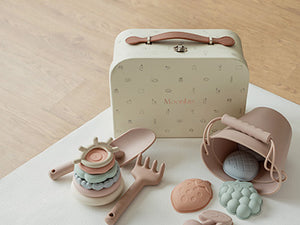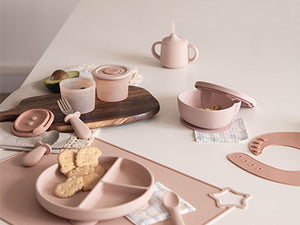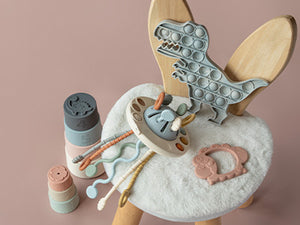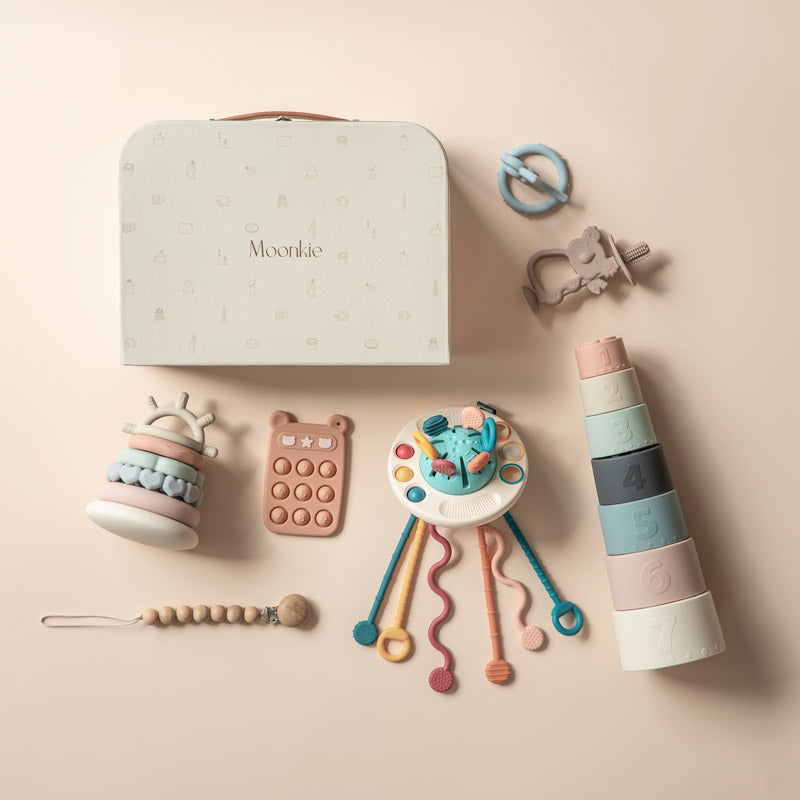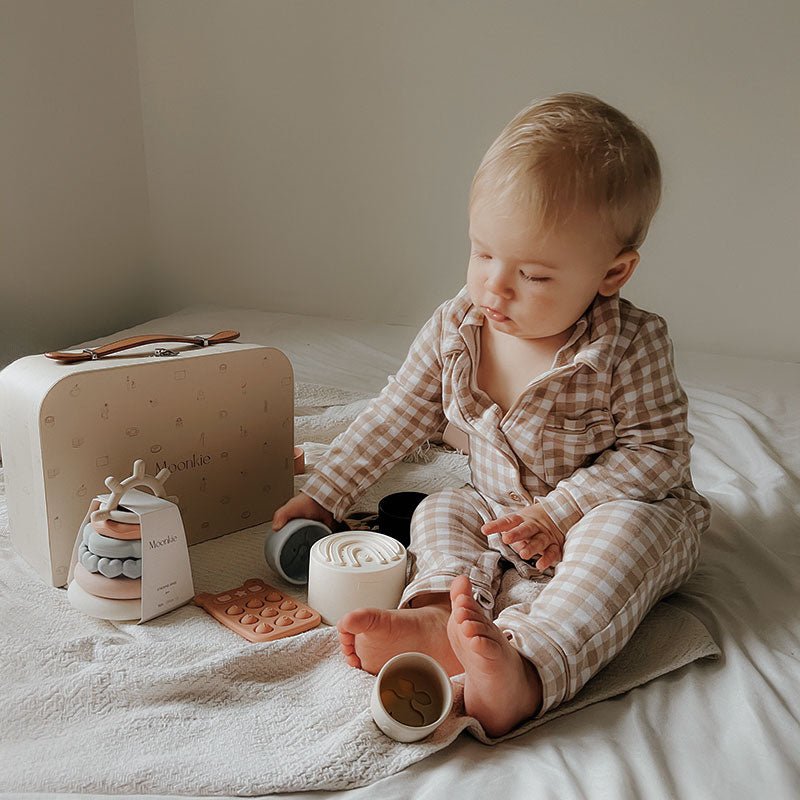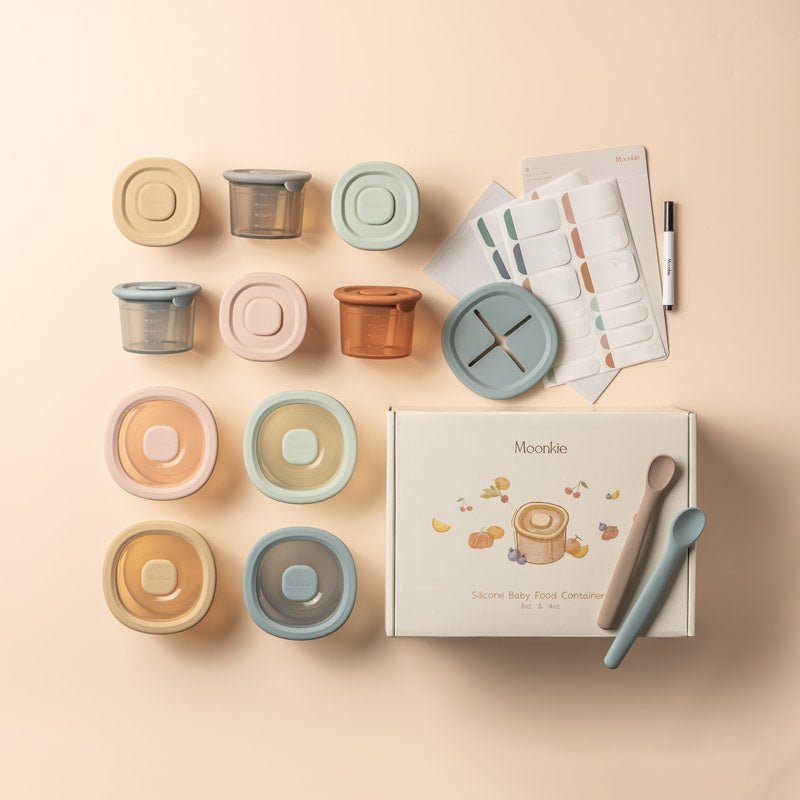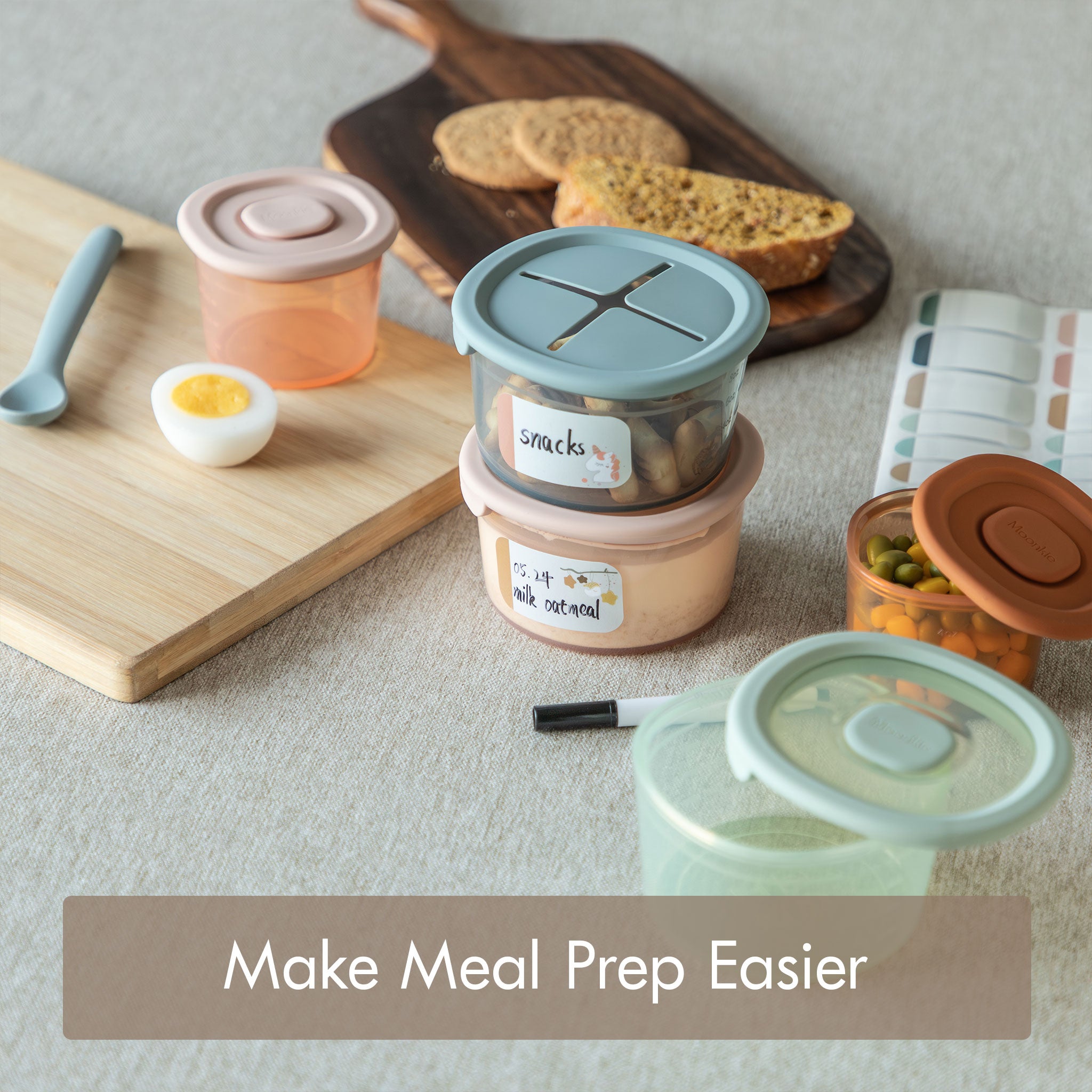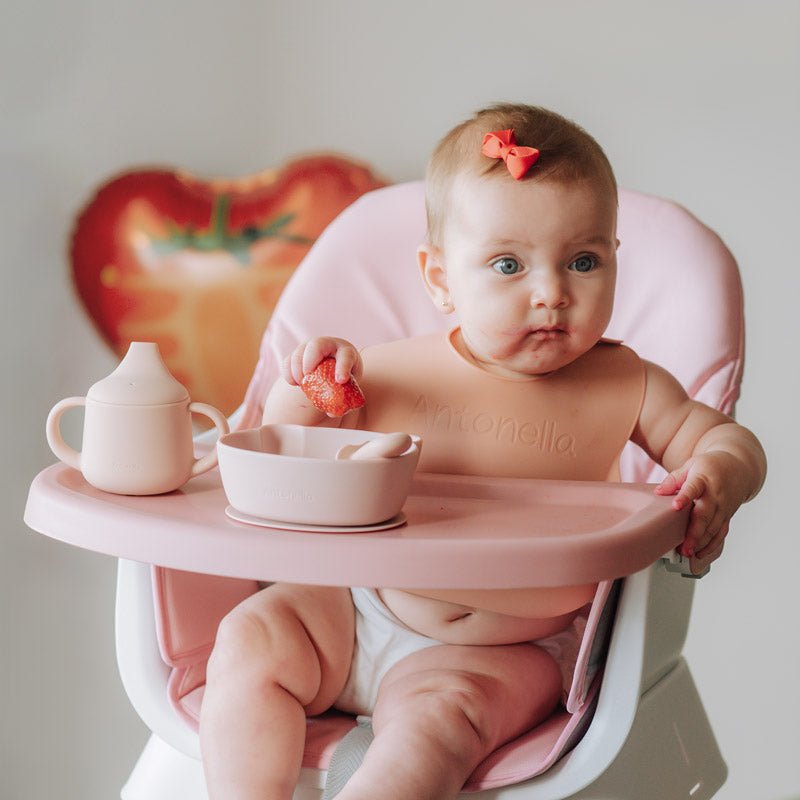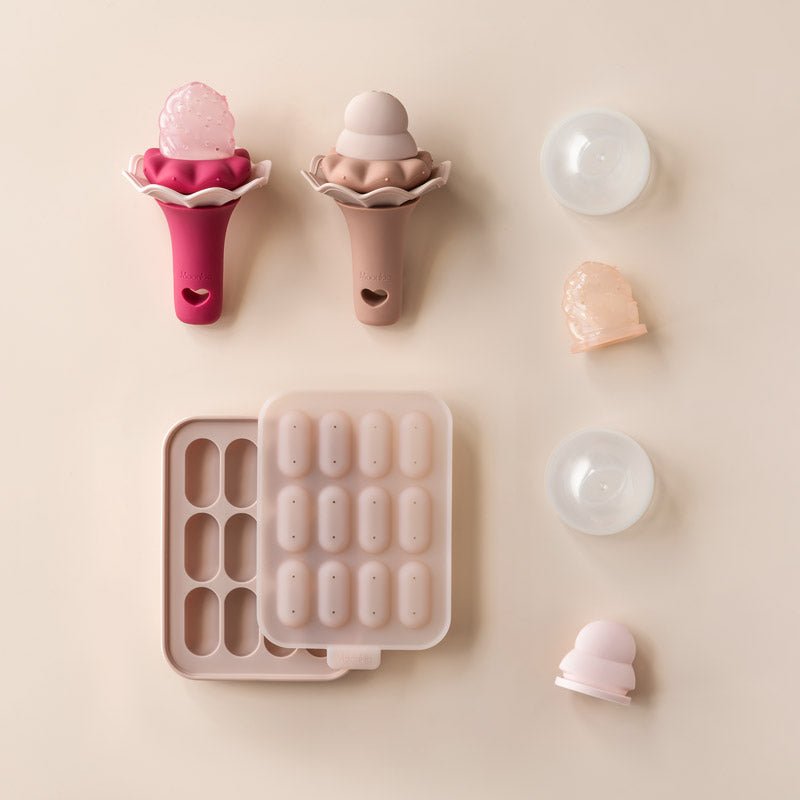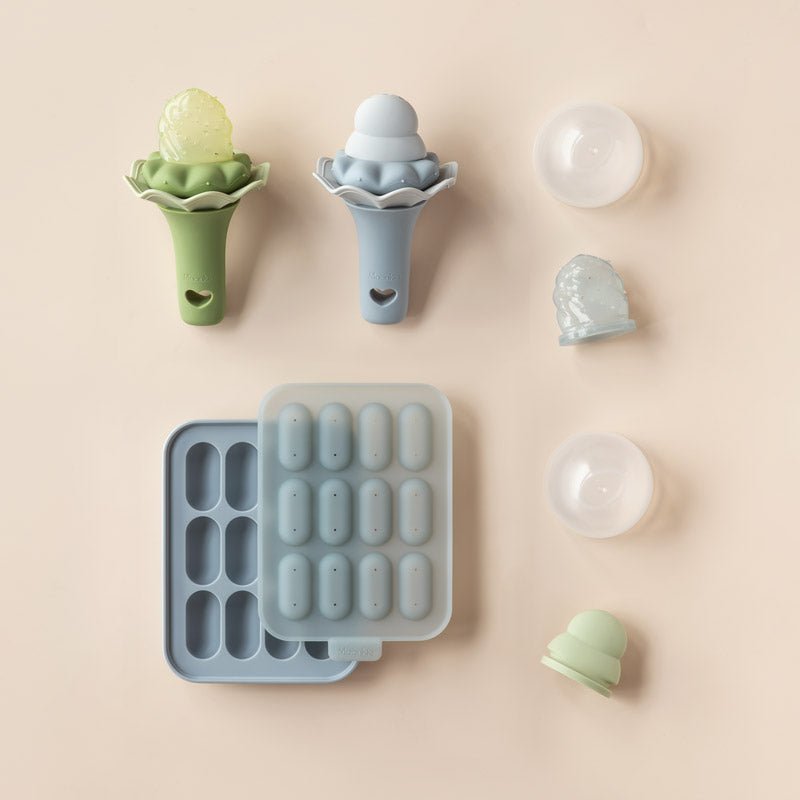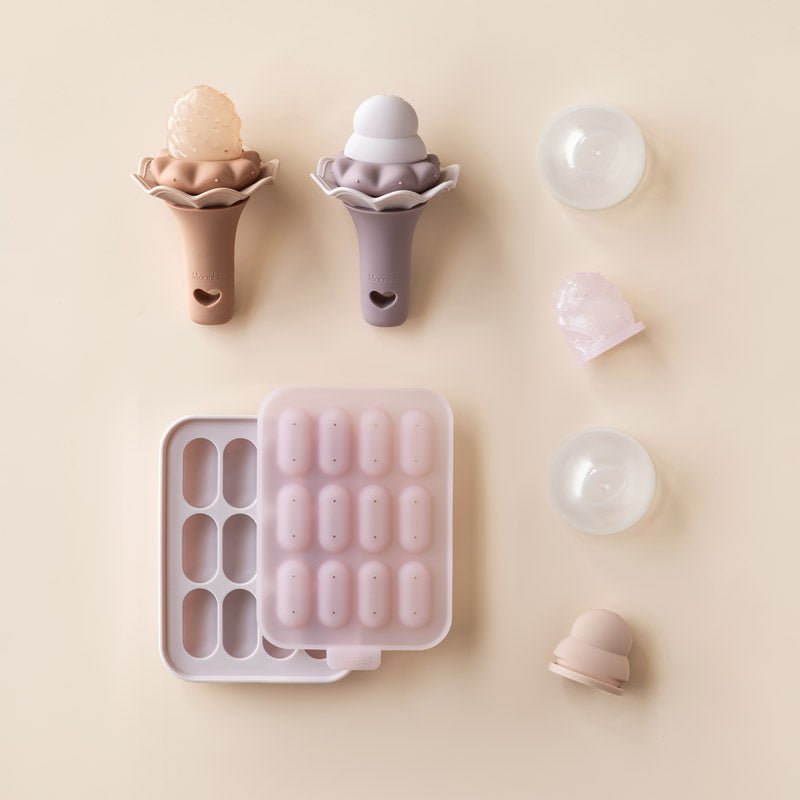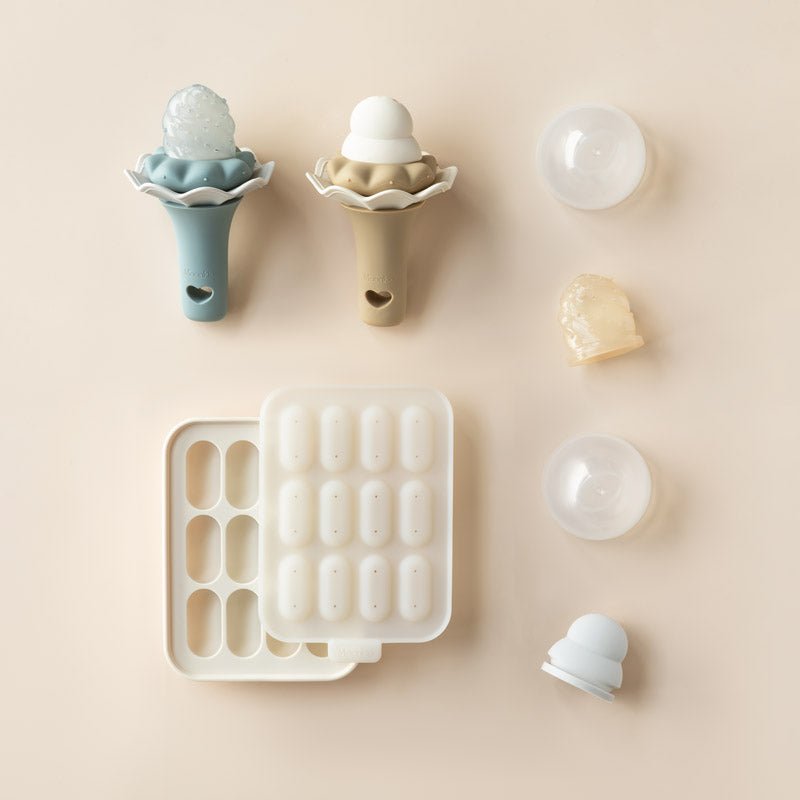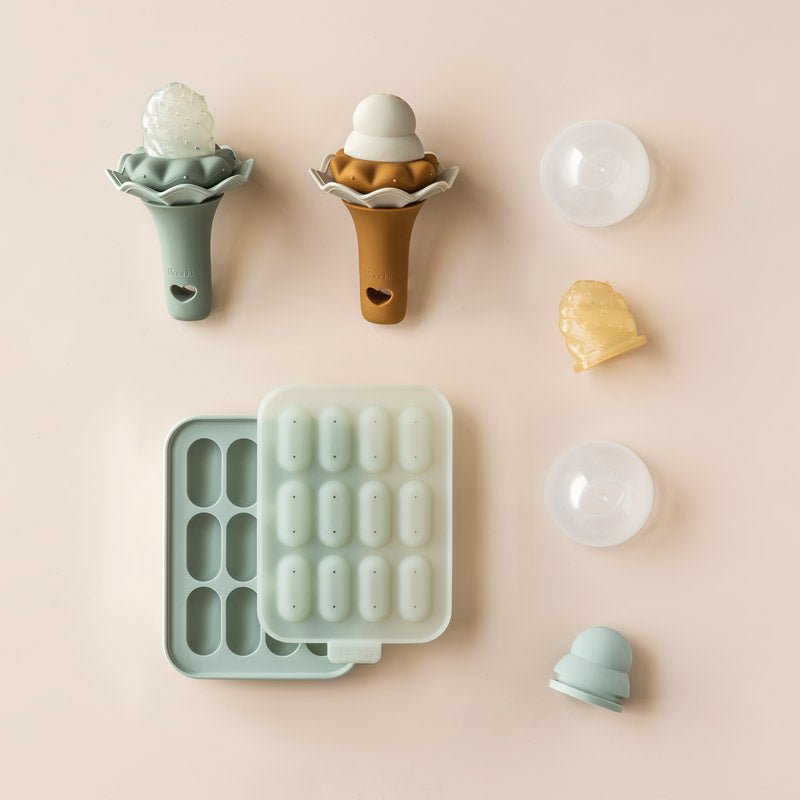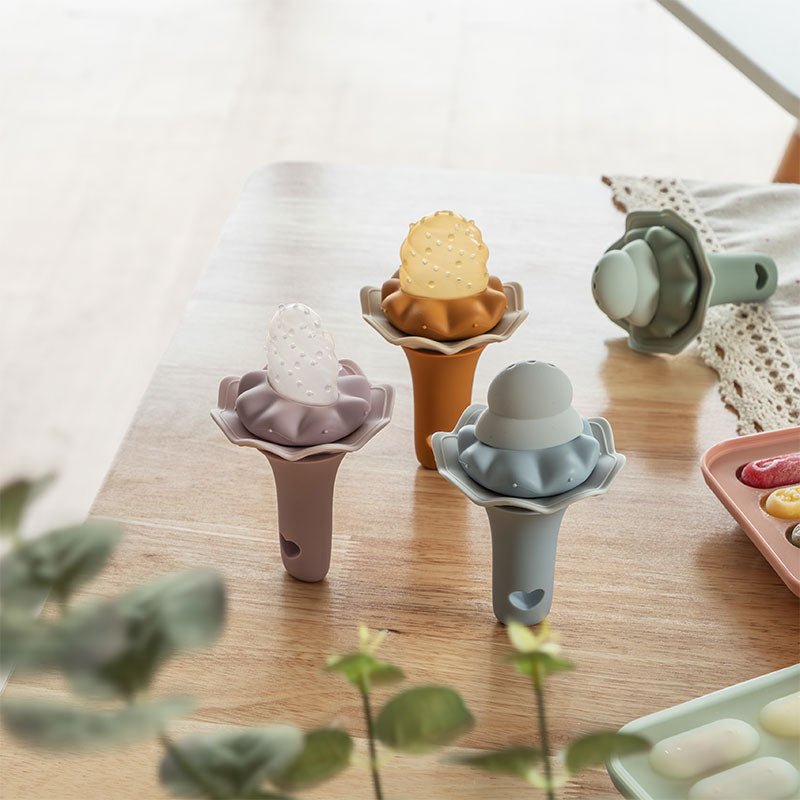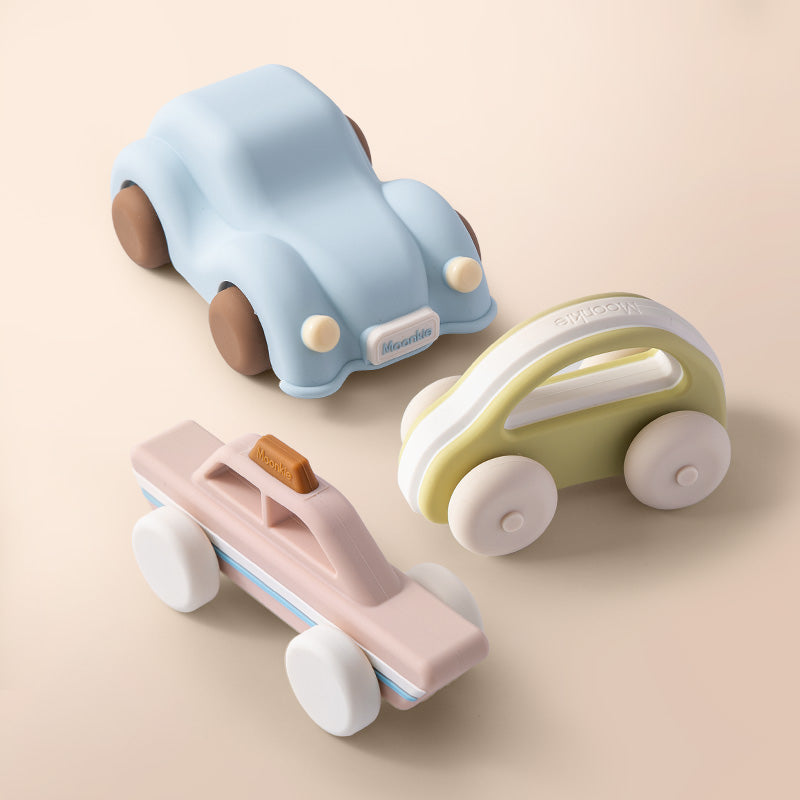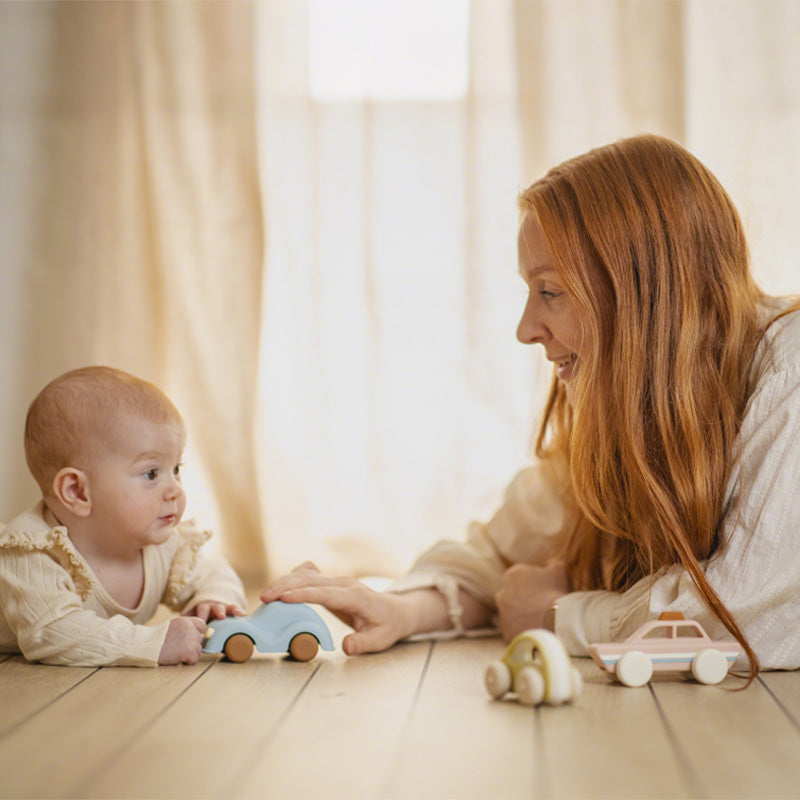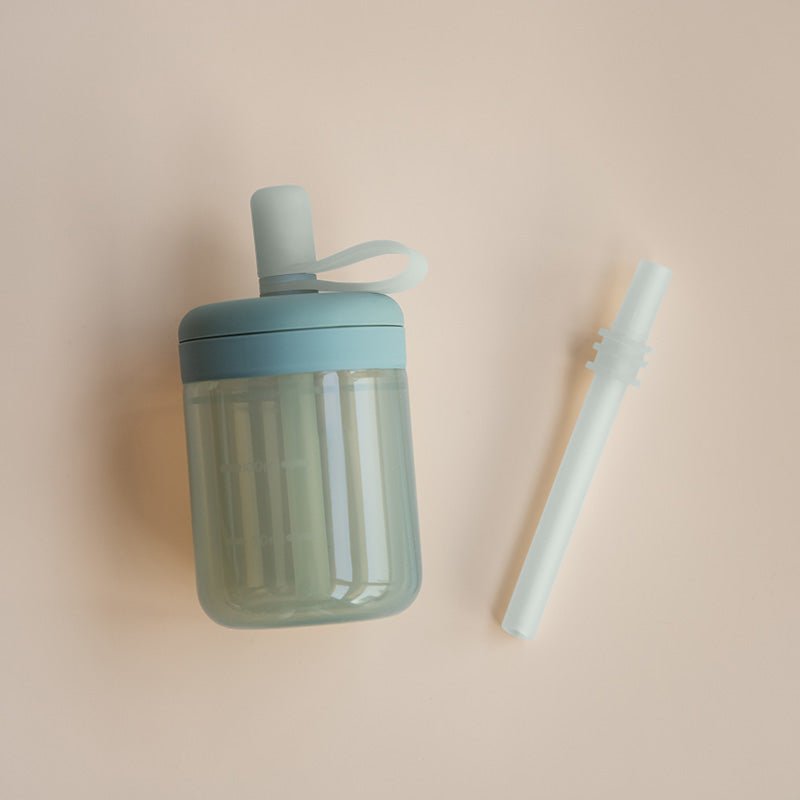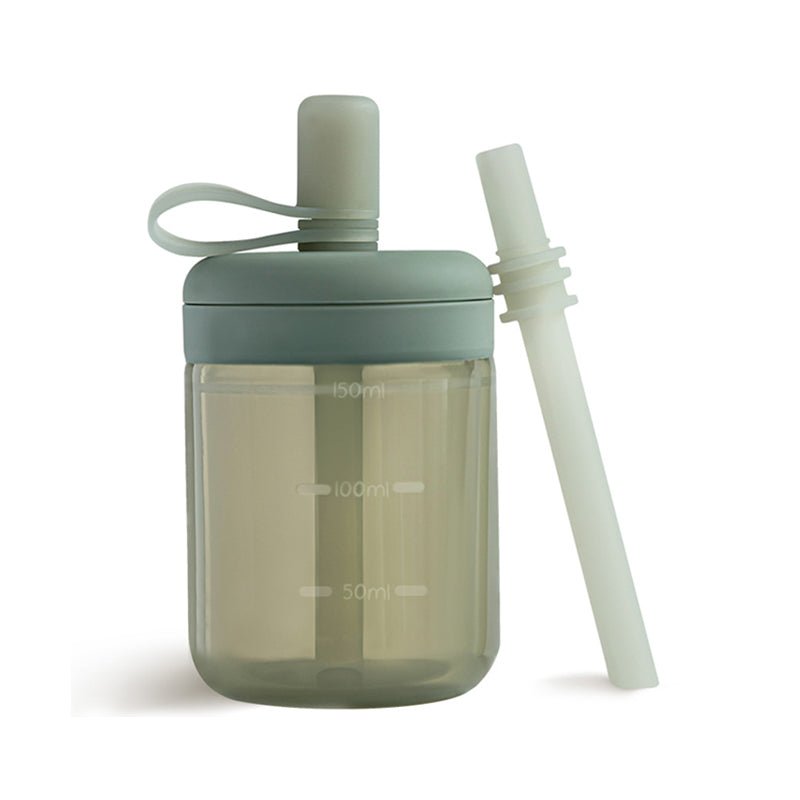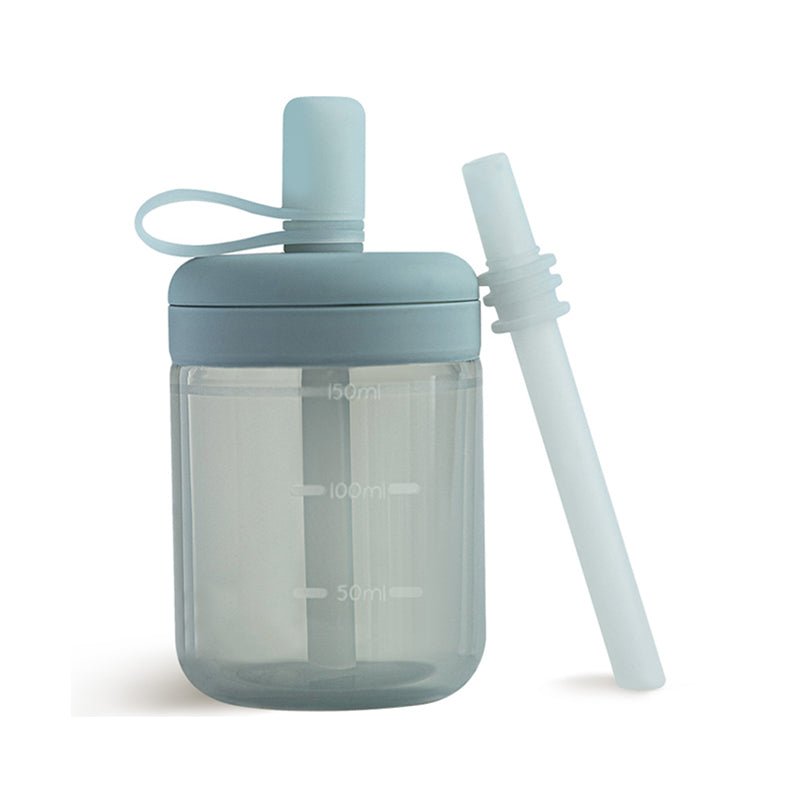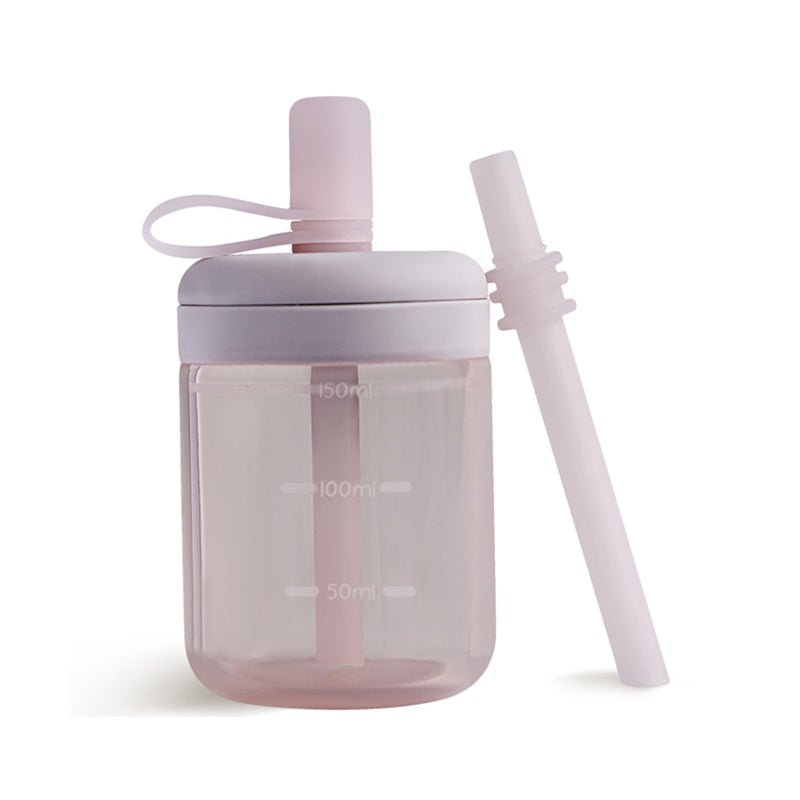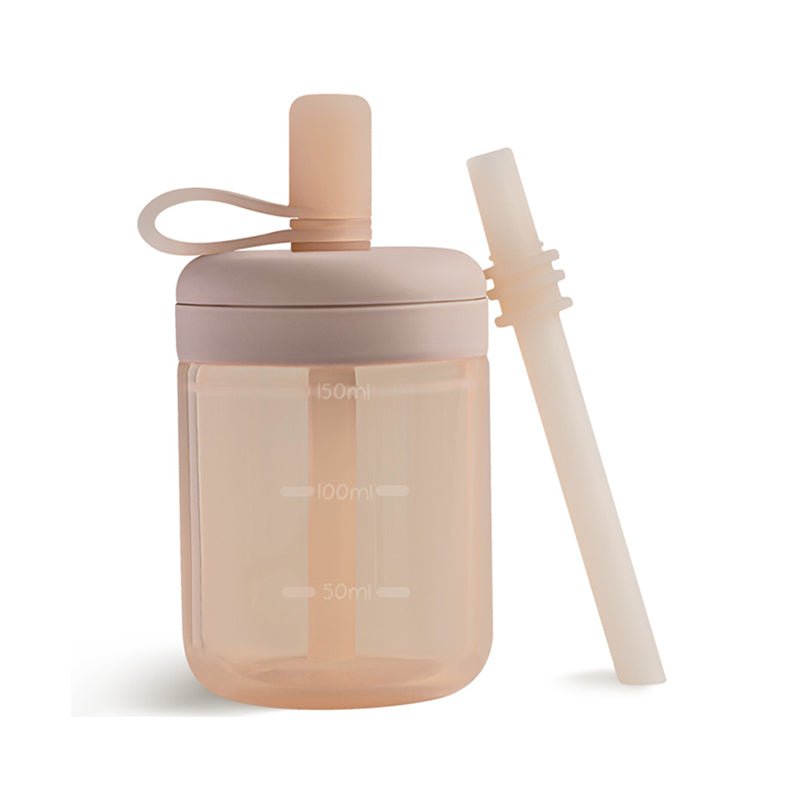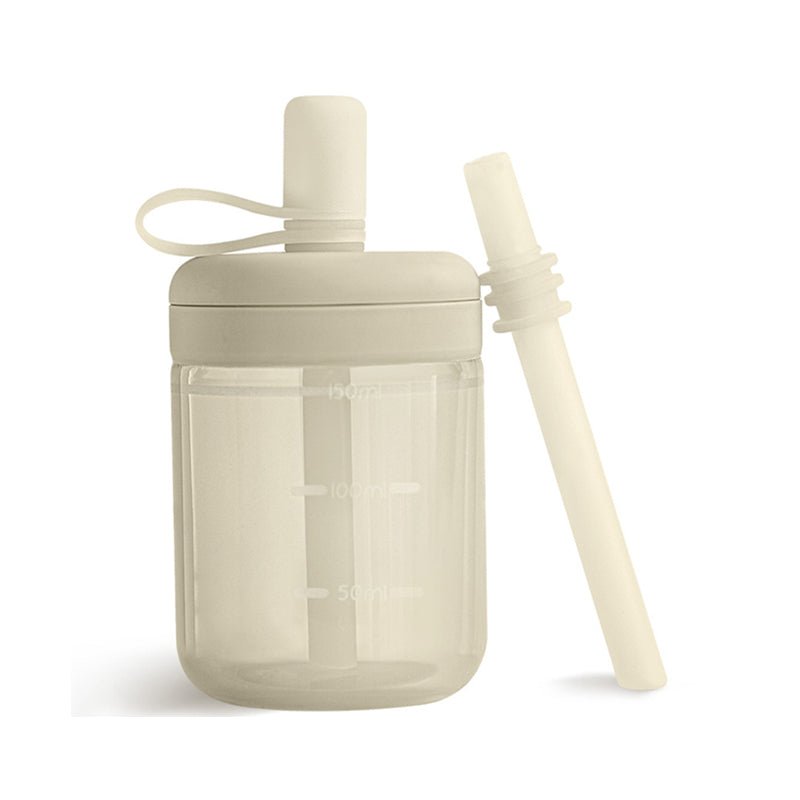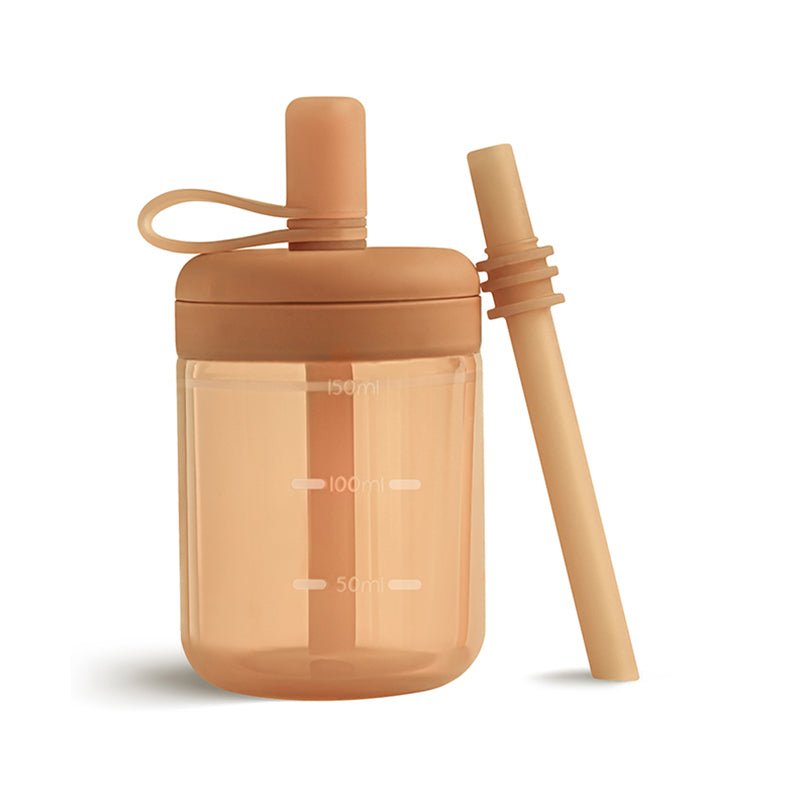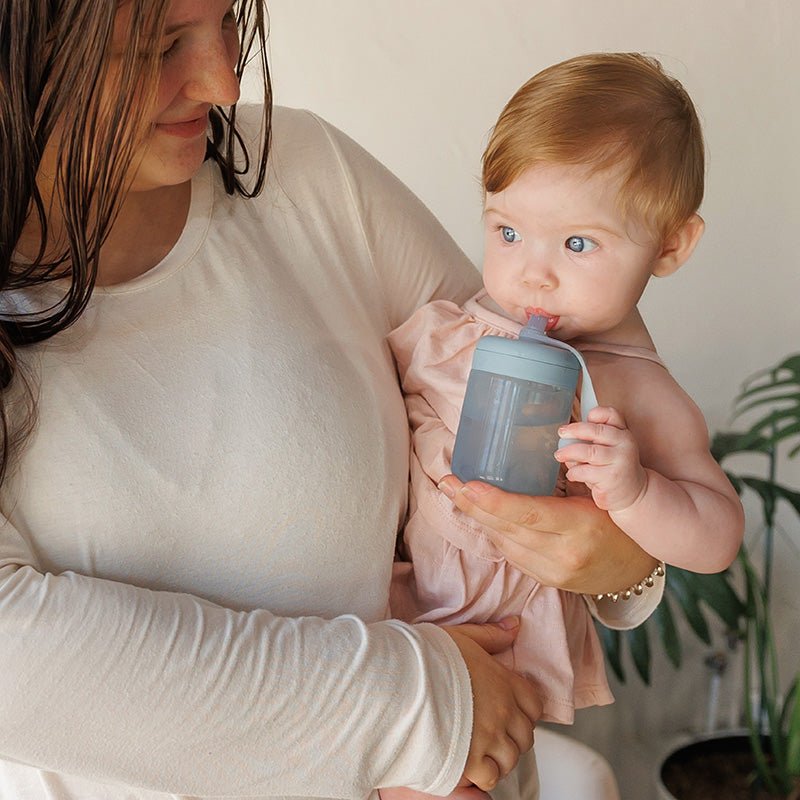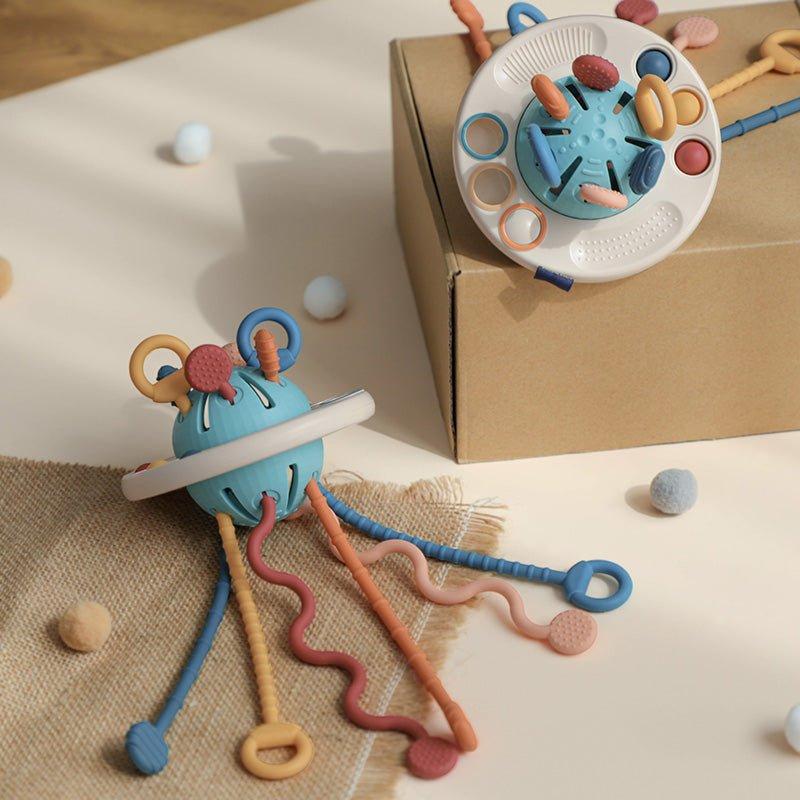
Countless options are available on the market for baby toys, from high-tech gadgets to classic wooden blocks. However, there's something special about classic baby toys that have been around for generations. But are these traditional toys really good for babies?
Classic baby toys are good for babies because they are simple and encourage open-ended play. That's probably why they've been around for generations! There are a few things to keep in mind, however, about using vintage toys or classic toys made of certain materials.
Surprisingly, the impact of screens and classic and electric toys on baby development has been researched quite a bit. Let's get into it!
What are Classic Baby Toys?
Classic baby toys refer to toys that have been around for decades, or even centuries, and are still popular today. These toys are often made from natural materials, like wood, cotton, or wool, and are designed to be simple and durable.
Some examples of classic baby toys include:
- wooden blocks
- shape sorters
- stacking rings
- stacking cups
- pull-along toys
- dolls and stuffed animals
- simple puzzles
- rattles
- teethers
- balls
Obviously, this list can go on and on or look a little different from culture to culture. But here in America, these are the classics most of us remember from childhood.
Benefits of Classic Baby Toys
So, what makes classic baby toys so special? How is it that we have gone to the moon, put rovers on Mars, and made microchips with billions of transistors measuring just a few nanometers wide, yet we still hand babies wooden blocks for their development? It comes down to the benefits of classic baby toys.
The following list will not get into the benefits of baby sensory toys or the Montessori method, though they are well-suited for this discussion, because we have gone into these extensively in previous posts. You can read one of those here: Are Montessori and Sensory Toys the Same Thing?
Classic Baby Toys Promote Imagination and Creativity
Unlike high-tech toys with pre-programmed activities, classic baby toys are open-ended and encourage imaginative play. For example, little ones can use a wooden block set to build towers, bridges, or even a whole city! The only limitation is their imagination and the amount of nearby stackable toys.
The genius of classic baby toys is that they are simple. In fact, one baby toy researcher reports that the best-performing toys for babies and toddlers in a particular study were hardwood blocks, classic wooden construction toys, and a set of wooden vehicles and road signs because they encourage open-ended play--there's no "right" way to play with them (source).
This type of play allows babies to use their unique creativity and problem-solving skills while helping them develop independence and self-expression. And yes, babies are absolutely working on these early on!
Classic Baby Toys Develop Fine Motor Skills
Classic baby toys are passive, meaning they do not move or make noise in and of themselves. Passive toys require your little one to play actively. There's no sit-and-be-entertained nature to old-school baby toys! This classic baby toy quality is brilliant for developing fine motor skills.
Fine motor skills are a person's ability to control one's hands and fingers, which is crucial for everything from typing on keyboards and handwriting to putting together small puzzle pieces and navigating a phone as adults. Babies are born with very little control of those hands and fingers, but they advance their ability by leaps and bounds weekly.
Fortunately, you can aid your little one's development by providing toys and activities to exercise her fine motor skills. She needs to use her hands and fingers to grasp, manipulate, and move objects--classic baby toys are perfect for this.
For example, those age-old stacking rings help babies develop hand-eye coordination, while shape sorters promote fine motor skills and shape recognition. Stacking cups are another classic baby toy that your little one will practice with through multiple stages of early development to prepare for more complex tasks in the future.
Classic Baby Toys Encourage Social Interaction
What's better than playing with open-ended toys? Playing them together with friends! Classic baby toys can easily be part of group play, which can help babies develop their social skills and master interacting with others.
For example, building a tower of blocks with older siblings, rolling balls around with visiting friends, or sharing a pull-along toy with a bestie are all terrific for practicing sharing, cooperation, and communication skills, leading to strong relationships.
Now, of course, these same activities can cause quite a few kerfluffles. Keeping your cool and showing all littles involved how to sort it out will inevitably lead to better compromising and problem-solving skills later. If you find constant squabbles between kiddos draining, you are not alone! Try changing the setting, rotating out toys, or doing a different activity.
One of the most helpful pieces of advice ladies who have far more children than I do gave me is to set aside an hour a day for a household quiet time. Everyone goes to their room or bed for an hour to either nap, read, listen to music, or play quietly alone. It is a struggle to start this habit, but it is a godsend on hard days.
Classic Baby Toys Are Safe and Durable
I am not talking about cheap plastic knock-offs here; I'm talking about classic baby toys made of natural materials that are safe for babies to touch, chew, and play with. Plastic toys tend to break easily and pose a cutting or choking hazard but well-constructed classic toys withstand rough play and last for years.

It's not just plastic toys, though; some baby toys on the market are just not safe. Take silicone teether jewelry as an example. The idea was to give parents something to wear that they don't mind baby chewing on. It's not a bad thought, considering how chewing on a nice watch or real jewelry is a serious safety hazard.
But silicone beads are a safety hazard, too. Should a baby manage to gnaw through the string, those beads could be swallowed. There are loads of baby toys out there with pieces that are not well attached or parts that will break easily.
At Moonkie, we create our baby toys with high-quality silicone in smart designs. Baby safety is our number one priority in design and material, which inevitably makes our baby toys durable as well. If you want to know more about silicone baby toys, read this guide: Pros and Cons of Silicone Baby Toys: A Comprehensive Guide for Parents.
Designed with sturdy and long-lasting materials, classic baby toys are a clever investment for parents wanting to provide their little ones with high-quality toys that can be passed down to future generations.
Drawbacks of Classic Baby Toys
Not everything is perfect! While classic baby toys have solid benefits, there are some drawbacks to consider. These primarily come down to functionality and price.
Your family culture, situation, and lifestyle will certainly impact the degree to which the following drawbacks apply to your family.
Functionality and Engagement
Kids these days are watching screens from birth. From mothers watching YouTube videos while nursing to fathers watching the game on TV, babies grow up seeing parents watch screens, so it doesn't take long for them to become spellbound by that magic slab either.
Screens overwhelm a little one's senses at first. Lights, flashing images, and sounds meant to engage adults are not comprehensible input for babies and toddlers. But, when allowed to sit and be mesmerized for more than an hour a day, littles tend to become unenthused with passive toys that engage one or two senses at a time.
Littles can use wooden blocks to build all kinds of things, but those blocks don't light up or make sounds like a modern toy or a screen. So, for babies and toddlers accustomed to being entertained, classic toys requiring kids to take the initiative and make their own fun may not be as engaging.
However, one study has shown that electric toys actually harm language development in babies and young children because they decrease the quantity and quality of communication from adults or chances for littles to speak during playtime (source).
Though this particular study was small in scope and limited to twenty-six families, it is an open door to more research on the impact of electric toys on babyhood and something to think about for parents (source). Regardless, there are plenty of other studies on the effects of screen time and the benefits of sensory toys to help you decide how your family will do playtime (source, source).
Price
Though classic baby toys made from durable materials are long-lasting, they can also be more expensive than modern toys. As such, purchasing classic baby toys may not be feasible for families on a somewhat tight budget.
However, parents who have some time can usually find traditional baby toys second-hand at a more manageable price, whether through another parent-friend with older kids, a thrift store, a yard sale, eBay, or a consignment event like Rhea Lana's.
With a bit of time and creativity, you can find classic baby toys that almost seem new. Just inspect them closely for teeth marks or cracks and wash them thoroughly before giving them to your little one.
Are Old Baby Toys Safe?
Speaking of buying classic baby toys second-hand, are old baby toys safe? The short answer is that it depends. Some old baby toys may be safe, while others may not. Keep in mind that safety standards have changed over the years, and what was considered safe in the past may not be considered safe today.

One example is lead paint. Until the 1970s, toy makers often used lead paint. However, lead is now known to be toxic and can cause significant health problems, especially in young children. If you have old toys passed down from Grandma that were painted before the 1970s, it's critical to check them for lead paint and dispose of them as necessary.
Another potential safety concern with old baby toys is choking hazards. Small parts that can break off from aged materials or by design can be swallowed by littles still putting things in their mouth. Toys over twenty years old may not meet current safety standards for choking hazards, so inspect them carefully before giving them to your little one.
Finally, old baby toys may be more likely to contain other hazardous materials, such as phthalates, which are chemicals used to soften plastic. Phthalates have been linked to developmental problems in children, so avoid toys that contain them (source).
Tips for Choosing Safe Baby Toys
There is a lot of noise about baby toys and how one is better than another. By keeping the following guidelines in mind, you can cut through a lot of nonsense and make safe toy choices for your little one.
Furthermore, if any old baby toy does not meet these common-sense guidelines, give it a second thought.
| Tip | Explanation |
| Look for age-appropriate toys. | Toys designed for older children possibly contain small parts that babies and toddlers may choke on or require skills your little one is not ready to use yet. |
| Check for safety certifications. | Look for toys certified by organizations such as the Consumer Product Safety Commission (CPSC) or the American Academy of Pediatrics (AAP). |
| Avoid toys with small pieces or loose parts. | These can break off and be swallowed. |
| Choose toys made from safe materials. | Look for toys made from highly-rated, non-toxic materials, such as wood, cloth, or high-quality silicone. |
| Avoid toys with cords or strings. | Little ones can get wrapped up in these, cut off blood circulation to a body part, or strangle themselves. |
| Examine your little one's toys regularly for signs of wear and tear. | If a toy is broken or damaged, dispose of it to avoid possible hazards. |
| Follow the manufacturer's instructions for use and age recommendations. | If you are looking at a vintage toy, do your research! |
Last but not least, keep a close eye on your little one. The thing is, kids can hurt themselves on anything. Sure, you can minimize the risks, but kids are creative and have big ideas that put them in danger sometimes.
By playing with your little one, working in the same room they are in, and watching the miracle growing and developing in front of you, you will avoid many of the bad things that could happen and enjoy the time you have with your little one now.
In a Nutshell
In conclusion, classic baby toys can be an excellent choice for parents who want to provide their little ones with toys that promote their development and learning without relying on a screen. These traditional toy designs are typically safe, durable, and encourage imaginative play and social interaction.
However, they may not be as engaging for babies and toddlers already used to lots of stimulation through screens and electronics. Moreover, toys over twenty years old may not be up to par with current safety standards. Do your homework, choose age-appropriate toys, and spend time playing with your little one---you won't regret it!

